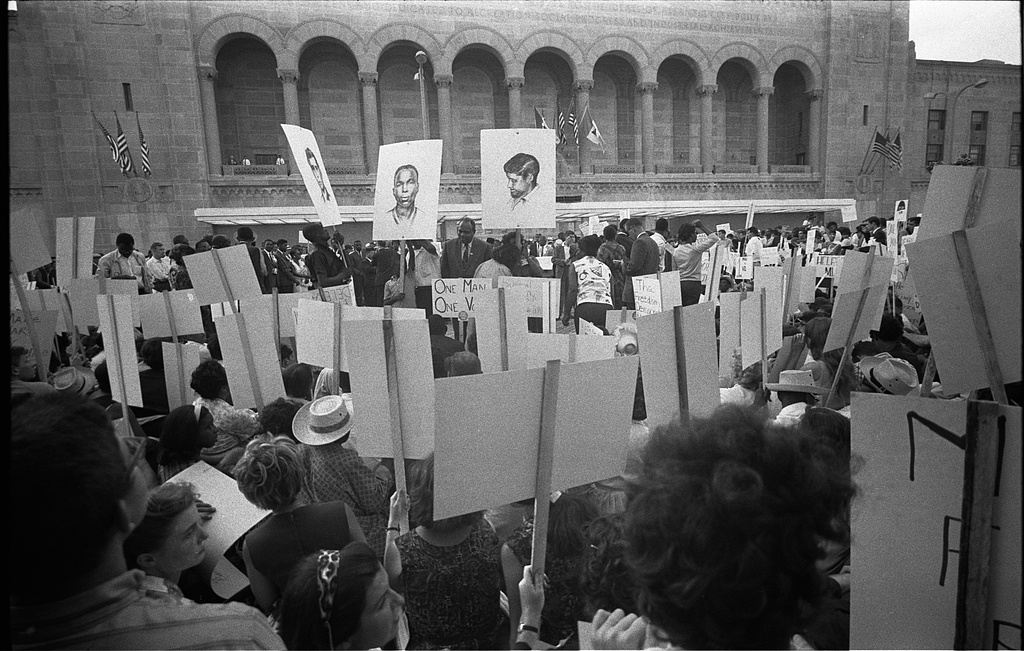January 2011
Some World Series are great when you watch them, and some look great in the rear-view mirror of history. The 1964 World Series looked terrific at the time and has only gotten better. (You can check it out yourself, $34.95 on DVD from Baseball Direct, www.baseballdirect.com/world2, in color and with commentary by the great Harry Caray.) The New York Yankees were the better team that year and the betting favorite. They won 99 games to the Cardinals’ 93; they out-homered St. Louis during the regular season, 162 to 109; and had a team earned-run average of 3.15 to the Cardinals’ 3.43. The Series went the full seven games; two of the games were decided by one run; one game, the seventh, by two runs. The Yanks had more homers, 10–5, and four more runs batted in, 33–29. But the little things (such as committing 10 errors to the Cardinals’ 4) did the Yankees in, and St. Louis won the championship.
The Home
Three-bedroom ranch house in Parsippany, New Jersey: $23,000
Three-bedroom, two-bath house in Crystal Lake, Illinois: $20,900
Four-bedroom, two-bath house in South Bend, Indiana: $16,000
“Penthouse view” in doorman building on East Sixty-ninth Street, Manhattan: $245 per month
Furnished apartment with heated pool “convenient 10 minutes to Long Beach or Los Angeles,” two bedrooms: $120 per month
GE washing machine: $169
GE dryer: $99.95
Sears 16.5-cubic-foot refrigerator: $349
GE Thinette air conditioner: $119.95
Mohawk carpet: $9.95 per square yard
Admiral AM/FM clock radio: $39.95
Simmons Hide-a-Bed sofas: $199.95–$599.95
Simmons Beauty Rest mattress: double, $89.50; queen, $199.50; king, $299
Hoover Slimline vacuum cleaner: $40
RCA color television: $549.95
GE 11-inch portable television: $199.50
Tensor “fold-a-way” lamp: $9.95
The Beatles’ appearance on “The Ed Sullivan Show” in February 1964 remains one of the most watched television events in history. Those who saw it remember it almost as clearly as they remember the near-continuous coverage of the Kennedy assassination and its aftermath the previous November. It was a watershed moment for millions of baby boomers, who, like television itself, were coming of age in 1964. Prophecies about the medium’s potential were fulfilled. Unexpected powers were revealed.
Maybe we hadn’t said we wanted a revolution, but we were getting one. By the beginning of 1964, all talk of a network that could rival the top three—NBC, CBS, and ABC—had stopped, and few communities in the country were beyond their reach. By the end of the year, television looked the way it would look well into the 1990s.
The year saw the triumph of spot advertising, whereby sponsors purchase minutes or less within a program rather than under-writing an entire show. The profits were huge because networks could make more money by selling many short time blocks.
Dressed like mod young cornermen, The Beatles arrived at Miami’s Fifth Street Gym in February 1964 for a publicity meeting with a boxer whose euphonious name meant little to them. Cassius Marcellus Clay was freshly turned 22 years old and (as a 7-to-1 betting underdog) showed a certain presumption in challenging for Sonny Liston’s heavyweight title; on this afternoon, he kept the world’s greatest pop band waiting for 15 minutes. After greeting his guests with a “Hello there, Beatles,” and posing for a photo in which his gloved fist knocked the group’s Mop Tops together, the fighter concluded with one of his rhyming predictions, imagining Liston angrily reading news of The Beatles’ visit.
January 11 Surgeon General Luther L. Terry releases his report on cigarette smoking.
January 16 Hello, Dolly! opens at the St. James Theater in New York City.
January 23 The Twenty-fourth Amendment, abolishing the poll tax, becomes part of the U.S. Constitution.
February 7 The Beatles arrive at JFK Airport.
February 25 The world heavyweight championship fight between Cassius Clay and Sonny Liston takes place.
March 27 Alaskan earthquake kills 117 people.
April 12 Arnold Palmer wins the Masters for the fourth time.
April 22 The New York World’s Fair opens.
May 30 A. J. Foyt wins the forty-eighth Indianapolis 500 at an average speed of 147 miles per hour.
June 10 Senate votes cloture on the civil rights bill, ending a 57-day filibuster.

It has been called the “burned-over decade,” a “dream and a nightmare,” the “definitive end of the Dark Ages, and the beginning of a more hopeful and democratic period” in American history. It’s been celebrated in movies like Forrest Gump and memorialized by television shows like “The Wonder Years,” “American Dreams,” and “China Beach.”
The Jamestown-Yorktown foundation is planning a series of what it terms Signature Events, ranging from an African-American Conference in February 2007 to a World Forum on the Future of Democracy the following September, with participants from around the world. And, of course, many of the sites and exhibits are meant to be permanent (at least until the 500th anniversary). For more information, go to www.americas400thanniversary.com .
